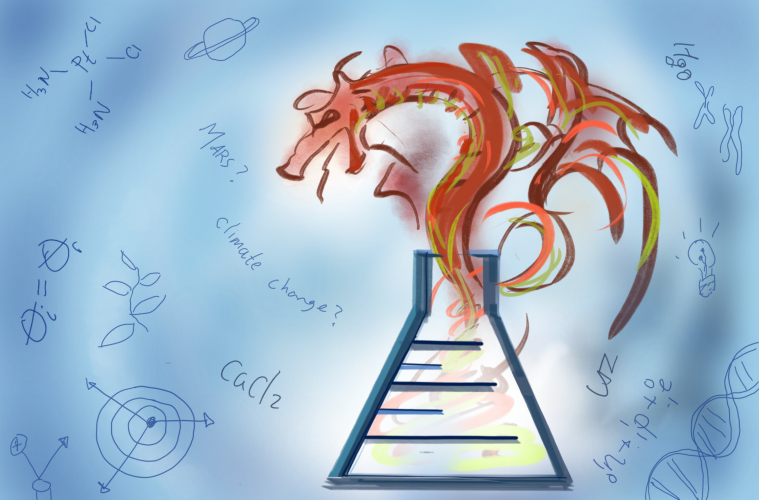The Science Hub: Benzo usage, sound pollution, the super blood moon and ocean & ice warming
January 23, 2019
Increase in benzodiazepine usage
The annual number of overdose deaths in the United States involving benzodiazepines increased nearly 10 times from 1999 to 2017. Benzodiazepines are a class of drugs that are typically prescribed for anxiety and insomnia, such as Xanax and Valium.
Seventy-five percent of these overdose deaths were caused by a joint-use of benzodiazepiness and opioids. Because benzodiazepines alone already create a sedating effect, when taken with opioids or alcohol, they can cause users to never wake up after falling asleep.
What is more concerning is that users can develop a chemical dependency to this class of drugs. Despite the rise of benzodiazepine-related deaths, there has not been a decrease of prescriptions given out by doctors.
-Rachel Chang
Sound Pollution in the Ocean
Pollution is a constant threat to the vitality of our ecosystems, and it comes in more forms than just plastic. With our increase in global commerce, noise pollution is emerging as a very serious threat. Ships carrying air guns map the ocean floor and make a three-dimensional model. This is done by blasting pressurized air into the depths of the ocean, penetrating miles into the sea floor while looking for oil and natural gas. With the Trump administration’s recent offshore drilling plans, the Atlantic is about to get a whole lot louder. For the first time in three decades, five oil companies have been given authority to use these air guns up and down the Eastern Seaboard.
-Matt Godfrey
Super Blood Moon
While we were all amazed at the sight of a super blood moon, a burst of light occurred at the peak of the lunar eclipse. This burst of light signified the end of a meteorite’s journey across space. This is a consistent occurrence which is not unusual to the moon as it is hit about 140 times each year. Impacts such as the one witnessed on Jan. 20, 2018, helps scientist understand natural space debris in our solar system which consists of asteroids, comets, dust and meteoroids.
The meteors smack can be considered as the bonus, but most of us were looking forward to the main entertainer: the super blood moon. Lunar eclipses occur only when the Sun, Earth and a full moon line up to one another. One may think that this should be a regular occurence, but the Earth orbits around the Sun in a different plane from the moon’s orbit around Earth which is tilted at 5.2 degrees. In addition, the moon orbits Earth every 27 days, but rotates through stages every 29.5 days.
If the perfect conditions are met, then we can expect the Earth to cast its shadow on the moon. How does the moon appear red/orange? This occurs due to some of the Sun’s light rays passing through the atmosphere and bent towards the moon. This bending of light affects the path of other colors in the spectrum while the red light easily escapes the Earth’s atmosphere. The exact color that the moon appears can vary on particles in our atmosphere. The more particles (like particles from an volcano eruption), the darker red the moon will appear.
-Jonathan Soriano
Oceans & Ice Warming
With the warming of the globe comes the warming of the oceans. However, new data has revealed that the oceans are warming 40 percent faster than scientists had predicted five years ago. While 40 percent greater temperature in the ocean may not seem like a big deal, it lessens the time until humans eventually flood themselves out of the coastlines.
Scientists have additionally realized that Greenland’s ice is melting at a faster rate than estimated, which is largely because of the extra heat in the ocean causing the ice to melt quicker.
-Thomas Weldele













